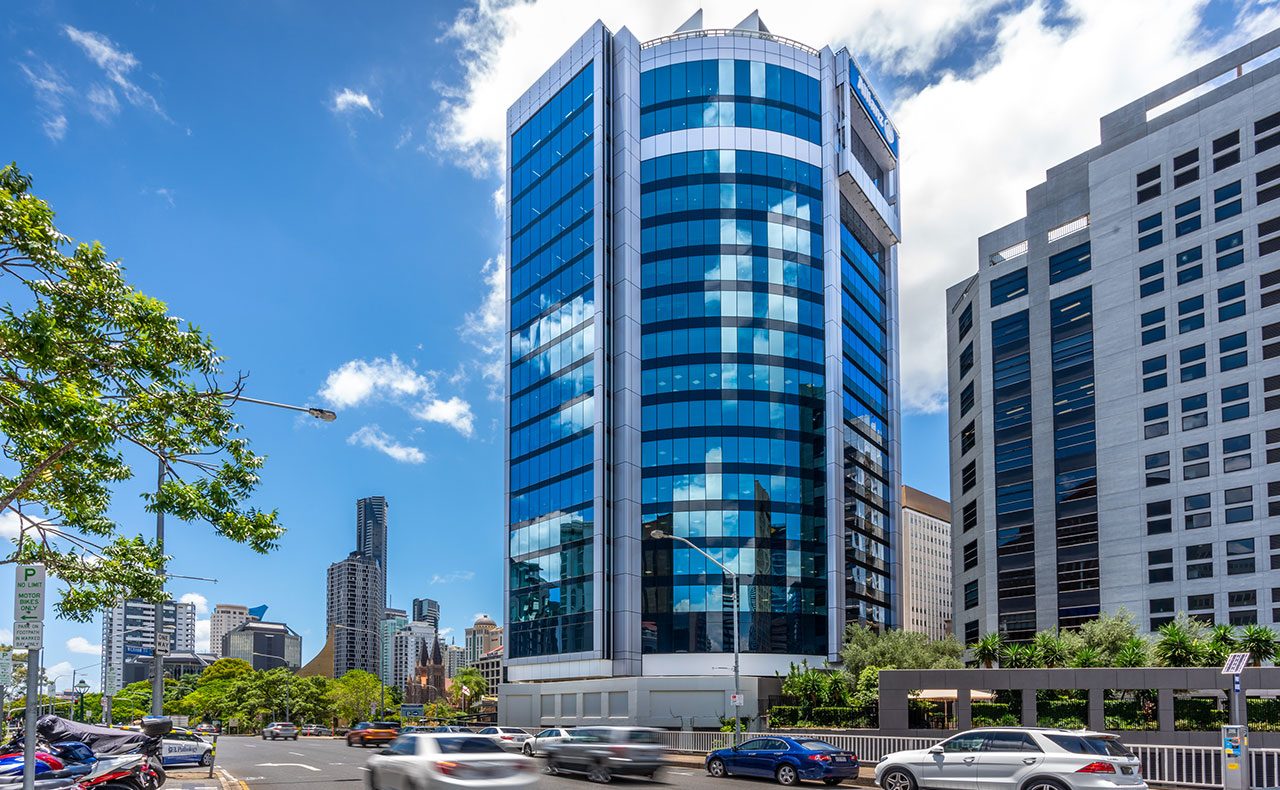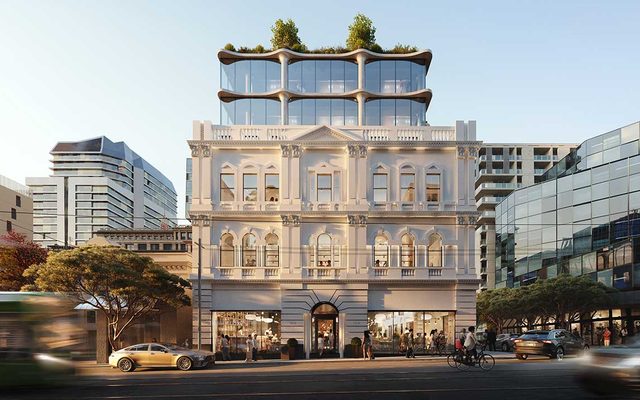This article is from the Australian Property Journal archive
PROPERTY investment firm AsheMorgan has acquired Brisbane’s 310 Ann Street tower for $210 million, in the city’s biggest office deal since early 2020.
The commercial property fund manager purchased the 20-level tower on an initial yield of circa 5.5%.
The Brisbane CBD building, which was re-built in 2017, is comprised of 18,362sqm NLA and has a 7.6 year WALE. The tower sits adjacent from Central Station and features a two-storey end of-trip facility.
Bruce Baker, Flint Davidson and Peter Chapple from CBRE, as well as Seb Turnbull and Paul Noonan from JLL negotiated the deal on behalf of a private investor.
“This prime-grade transaction offers significant guidance on market pricing and will provide further impetus for Brisbane’s commercial investment market. Brisbane is increasingly on the radar for high net worth club and retail syndicate groups seeking investments with a stable return profile, above what can be achieved in other capital city markets,” said Baker.
The tower is 94% occupied, with blue-chip tenants like Allianz and the Queensland Government. Additionally, the site has a 5.5-star NABERS Energy rating.
“The deal is the largest institutional sale in the Brisbane CBD market since Q1 2020 and is reflective of the demand we are witnessing for core real estate investments,” said Turnbull.
With interest in well leased commercial assets in the Brisbane city ongoing, 310 Ann Street’s premium services, multi-let tenancy profile, rental upside potential and core CBD location supported large investor enquiries and interest throughout the campaign.
Recent sales in the Brisbane CBD, such as Charter Hall and Abacus’ $63.5 million purchase of 241 Adelaide Street office building, show increasing confidence in the city’s office sector.
Further demonstrated in DWS and Consolidated’s construction of circa $269 million 895 Ann Street office tower and Charter Hall’s strategic sale of No. 1 Brisbane.
This confidence is supported by the CBD’s office occupancy of 64% at the end of February, a strong result when compared to Sydney’s 48% and Melbourne’s 24%, even despite remaining uncertainty on the future of workplaces as we knew them before the global pandemic.




